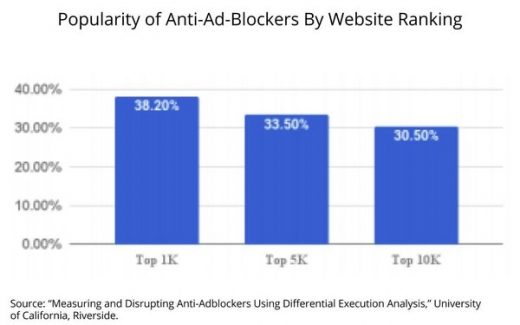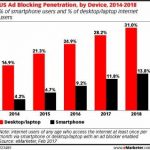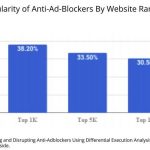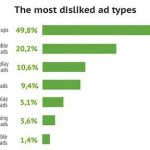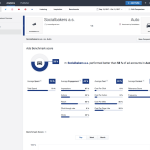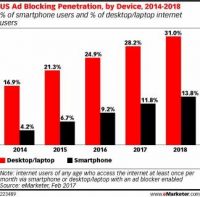Researchers: Anti-Ad-Blockers 52x More Common, Develop Anti-Anti-Ad-Blocker
Researchers: Anti-Ad-Blockers 52x More Common, Develop Anti-Anti-Ad-Blocker
by
Joe Mandese @mp_joemandese, February 8, 2018
While the prevalence of ad-blockers continues to grow, the digital ad industry is fighting back, according to a new academic research paper that finds “anti-ad-blockers” have been deployed by publishers much more than previous research would indicate.
About 52 times greater.
The paper,”
Measuring and Disrupting Anti-Adblockers Using Differential Execution Analysis,” researched by graduate students and written by professors at the University of California, Riverside, will be presented later this month at a symposium in San Diego,.
But the top-line findings published in the university’s UCR Today outline the research, including multiple concurrent experiments — a “differential execution analysis to automatically detect and analyze anti-ad blockers, collecting execution traces by visiting a website with, and then without, ad blockers to measure the different in-browser experiences.”
The research concludes that anti-ad-blockers are present on an “astonishing 30%” of the top 10,000 websites.
“This is up to 52 times more than reported in prior literature,” says UCR Professor Zhiyun Qian, one of the authors of the paper.
“We know that earlier research was limited to detecting visible reactions, such as warning messages and pop-ups, by anti-ad blockers,” he continues. “But our system can discover attempts to detect ad blockers even when there is no visible reaction, which happens in over 90% of cases.”
Not surprisingly, the academic research team said it has developed software tools, including JavaScript rewriting and API hooking-based solutions — the latter implemented as a Chrome extension — to help ad blockers bypass state-of-the-art anti-ad blockers.
Quian said the industry’s bypassing of ad blockers increases prospects for the delivery of malware and “widespread tracking will come back to threaten the stability of digital interconnected systems.”
“The ad industry lacks self-regulation and all sorts of issues exist, such as malware delivered through ads, universal tracking, annoying ads and so on,” said Qian, an assistant professor in the
computer science and engineering department, who previously worked for Microsoft and Cisco.
“Our
research paper came out of work which was initially funded by the Data Transparency Lab, and now by the National Science Foundation, and its initial goal was simple: to learn more about the escalating arms race between ad blocker and anti-ad blockers,” he added.
Quian acknowledges that the constant innovation of ad-blocking, anti-ad-blocking, and now anti-anti-ad-blocking technology is tantamount to a “rapidly escalating technological arms race.” He implied the ad industry needs to do a better job of “self-regulating” to prevent the spread of malware and abusive tracking.
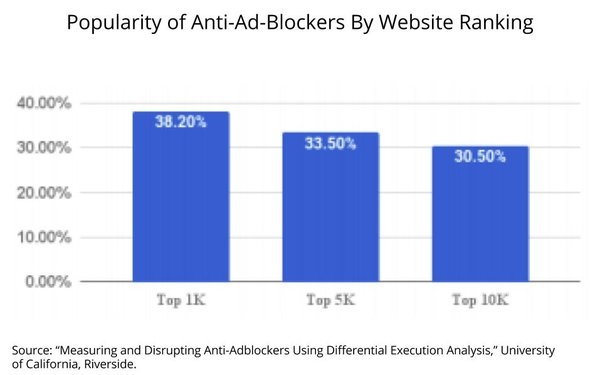 MediaPost.com: Search Marketing Daily
MediaPost.com: Search Marketing Daily
(19)

